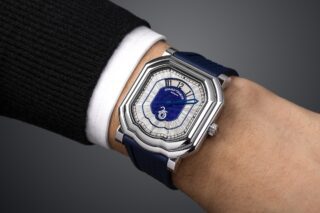This website uses cookies so that we can provide you with the best user experience possible. Cookie information is stored in your browser and performs functions such as recognising you when you return to our website and helping our team to understand which sections of the website you find most interesting and useful.
Quest for perfection: sitting down with A Lange & Söhne CEO Wilhelm Schmid
By Michelle Johnson | 1 September 2021 | Lifestyle, Style
The industry leader exclusively tells Tempus about the ethos of subtle innovation that drives each generation of German watchmaking

German watchmaker A Lange & Söhne is on a mission to make the perfect timepiece. The evolution of each new expression of the brand’s six “families” – the Lange 1, Zeitwerk, Saxonia, 1815, Richard Lange and Odysseus collections – is purposefully subtle, moving each individual watch by degrees to achieve an impossible level of perfection.
If this seems like a far cry from the flash and glamour one might expect from the world of watchmaking, it goes deeper: the brand has no celebrity ambassadors or red-carpet moments and its novelties consistently ignore annual trends or themes. Instead, A Lange & Söhne produces just 5,500 watches a year, with each expression limited in number due to the time-consuming level of craftsmanship that goes into each individual timepiece – with all parts polished and decorated by hand – and so the pace of innovation is determined not by external competition, but by the challenges of bringing daring new designs to life.
A Lange & Söhne’s heritage of precise German watchmaking undoubtedly influences the brand’s ethos today. Originally founded by Ferdinand Adolph Lange in Glashütte in 1845 (today’s 1815 collection pays tribute to his birth year), the original company ceased to exist in 1948 following German occupation by the Soviet Union after the Second World War. In fact, the original manufactory was destroyed by Soviet bombing on 8 May 1945 – the last day of the war. In 1990, Ferdinand’s great-grandson, Walter Lange – with the support of Swiss watchmakers – led the company’s restoration, and its first new range of wristwatches debuted in 1994.
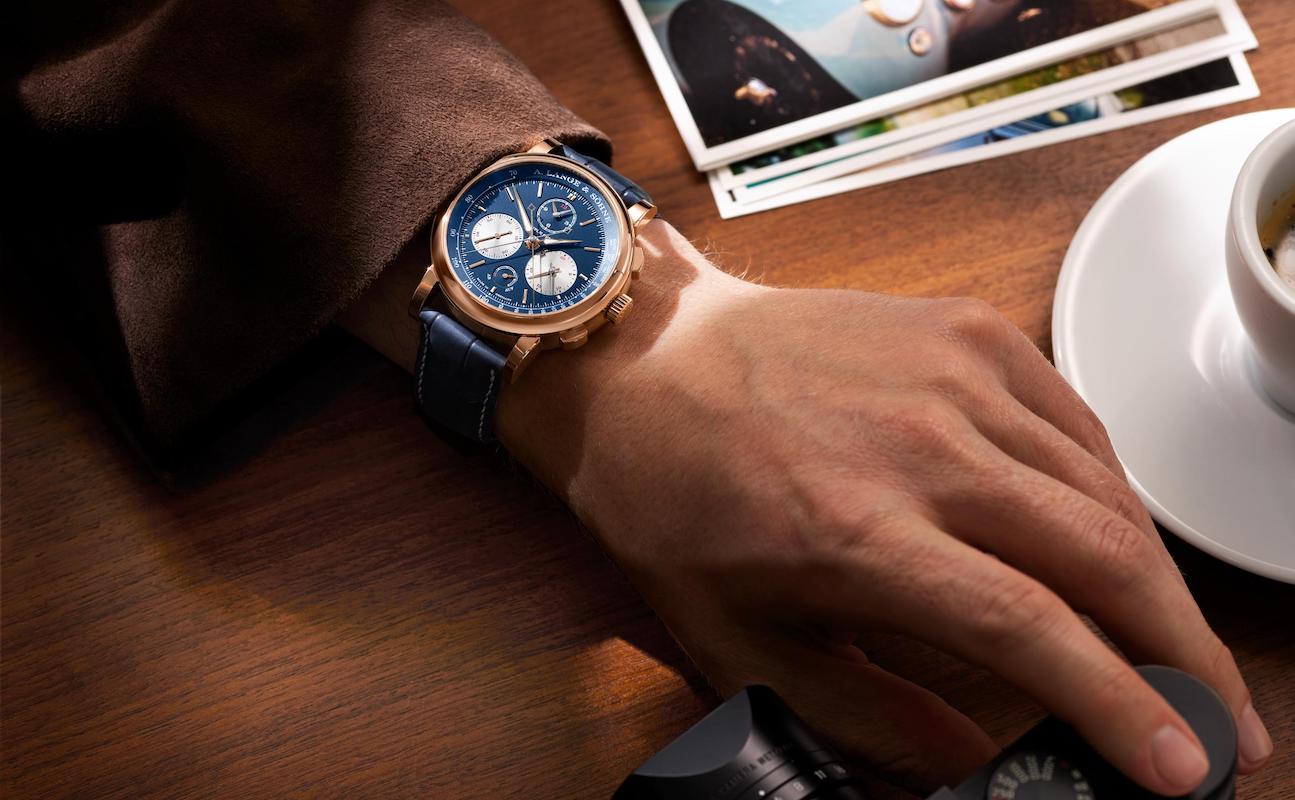
For Wilhelm Schmid, who joined the company as CEO in 2011, this combination of rich heritage and subtle innovation defines, perhaps, the most important characteristics of an A Lange & Söhne watch.
“’The subtle difference’ was our theme for this year’s Watches & Wonders, but actually we should make it our annual theme, because that’s basically what we’re all about,” he says. “I believe that’s what all fine watchmaking is about. It’s the differences that only experts will appreciate and recognise, and those experts are who we build watches for. We only make 5,500 watches [a year], and that explains it all.”
Here, Schmid speaks to Tempus about his vision for fine watchmaking, how necessity creates innovation and why he will never follow the trends.
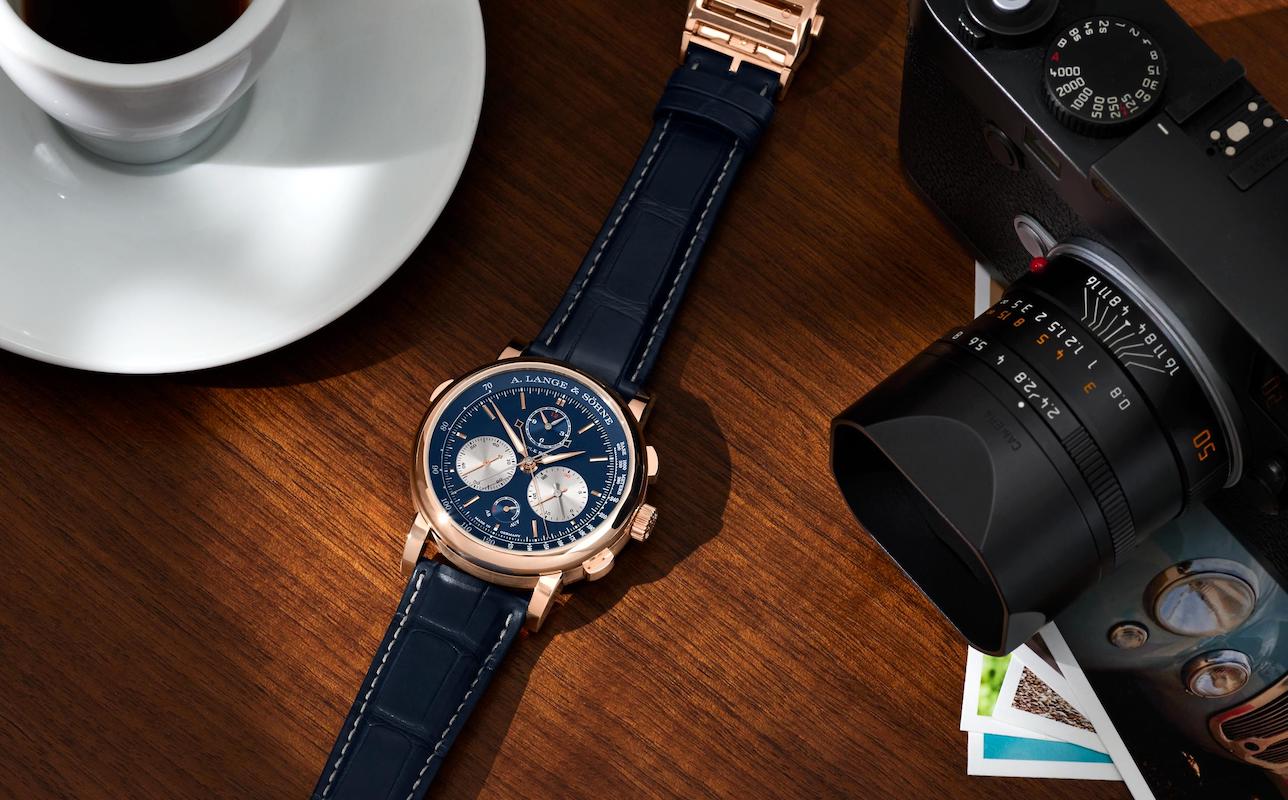
Wilhelm, how do you define ‘the subtle difference’ ethos?
‘The subtle difference’ is very much our core message, and actually it unifies all of our different watches. Let’s take the 2021 Lange 1 Perpetual Calendar, for example. As a German brand, we like to have a clear priority in how our dials are presented: the wearer wants to see the time, and then the date, very clearly. But a perpetual calendar has so many elements to work with, like the night-day indication, days of the months and the leap year indication.
Whether your perpetual calendar jumps instantaneously at midnight or takes an hour for each indication to find its place makes a big difference in its construction. We introduced the Lange 1 Moon Phase as the day-night indication, so the wearer knows whether its day or evening at a glance, and that’s tied neatly into the perpetual calendar mechanism.
The 2021 Triple Split is another perfect example of this. Could you talk us through the creation process?
Innovation is the brief, and for that you have to look at the watch’s history, really. We launched the Datograph in 1999, which was a pretty clear flyback chronograph and that inspired the Chronograph Rattrapante, which was a very complicated watch that could measure two different periods of times – comparative or additive – but only up to a minute.
That’s when we said we need a Double Split to measure two-time measurements for up to 30 minutes. We launched our first Double Split in 2004. Eventually we said: “What if an event takes longer than 30 minutes?”. So, the idea was born to create the Triple Split, first launched in 2018. Our 2021 expression can now measure two comparative or additive time incidents for up to 12 hours.
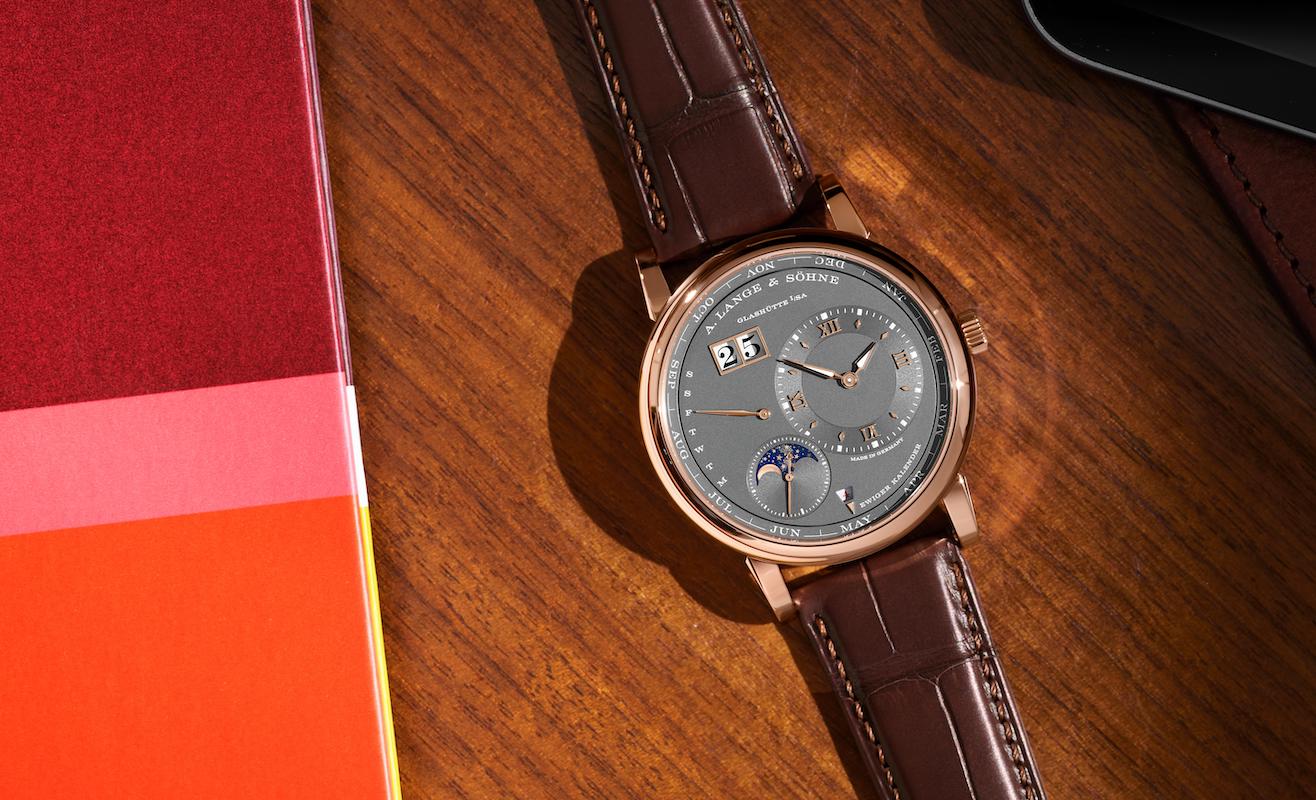
Where does the drive to create these technical improvements begin?
We have a huge advantage as a manufactory because we always start with the design of a watch; we don’t take a movement and ask how we can use it again. Once we have finalised a design and identified which of our six watch collections it belongs to, and agreed upon the proportions and dimension, it’s then up to our construction to work on making our dreams a reality – which is where the fight starts!
This method necessitates that everyone in our team must be very innovative, because we have to work out each element from scratch. For instance, our 2021 Lange 1 doesn’t use the same perpetual calendar movement as the 2013 model, because our construction team said it would be better to build a more advanced movement to accommodate the new design, rather than change the design to fit an existing movement.
How important is A Lange & Söhne’s heritage as you look to its future?
Tradition can be a burden or a foundation, depending on how you look at it. For us, history and tradition are a mindset, a set of values that we want to maintain regardless of how the world is changing. It’s the way we respect each other and our clients. It’s the way that we remain watchmakers at heart. We don’t have celebrity brand ambassadors.
If you come to Watches and Wonders and enter our booth, the centre of our display is a giant watch. That’s what we’re all about. But, just as it’s important to understand your past, you have to know that history never stands still. Whenever you think you’re done, it is just a good beginning to get better.
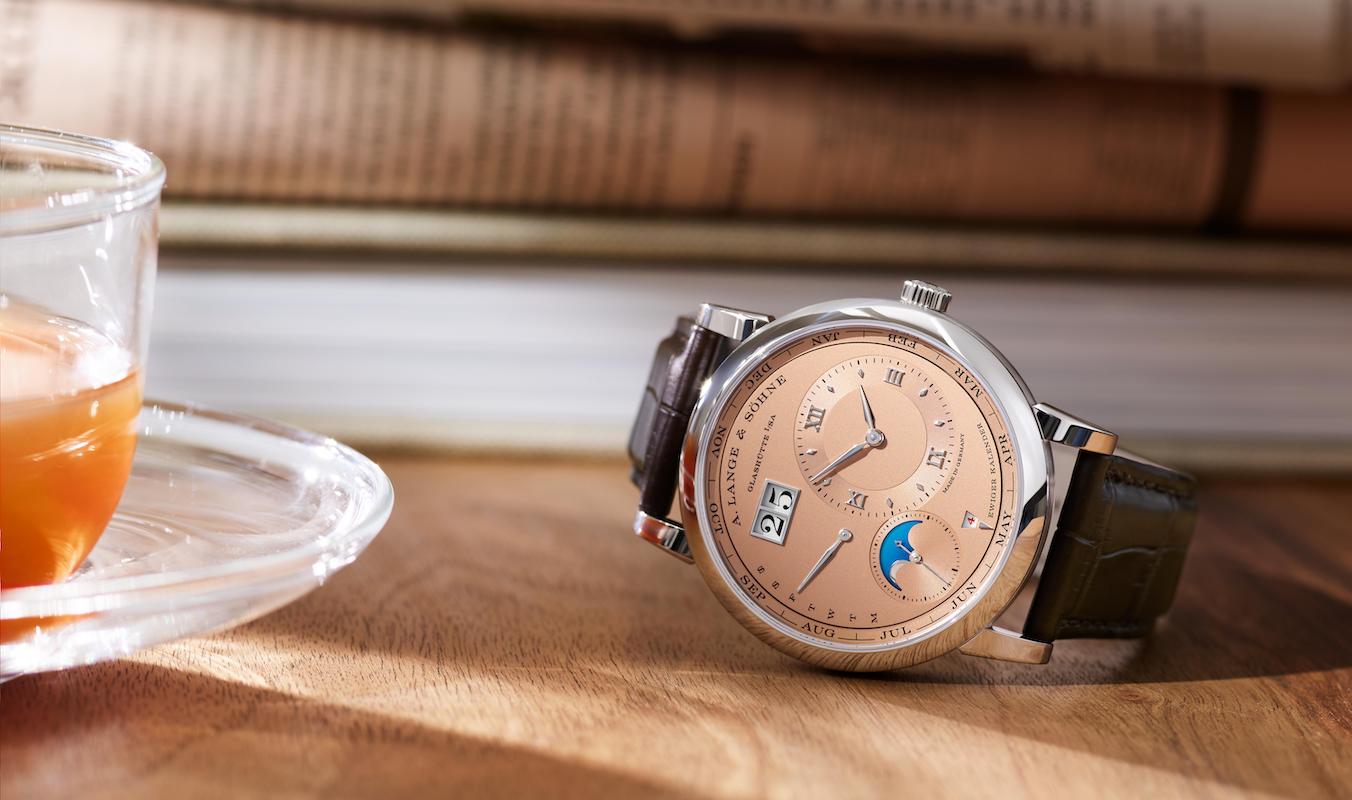
How has your vision for the brand changed since you joined in 2011?
The great strength of good, solid companies that no one man or woman can change everything. It’s a team effort that will make a company like ours keep moving, prevailing and succeeding. When I arrived, more than 10 years ago, it was clear that our distribution needed a revamp to become more international.
For me, it was clear that we needed to understand our customer better. That was the basis for our strategy to clarify the brand into a six-watch family, with flagship stores in New York, Tokyo, Singapore, Hong Kong, Beijing, Shanghai.
Who is your customer?
That’s the most difficult question. What we have discovered is that, in watch collecting, you have people who collect on a theme (such as certain mechanism or types of watch) and collectors of certain brands. We realised there are collectors who really understand fine watchmaking on a deep level – something like the way a chronograph counter jumps will speak to them. This is our target group: collectors with a real understanding of watchmaking.
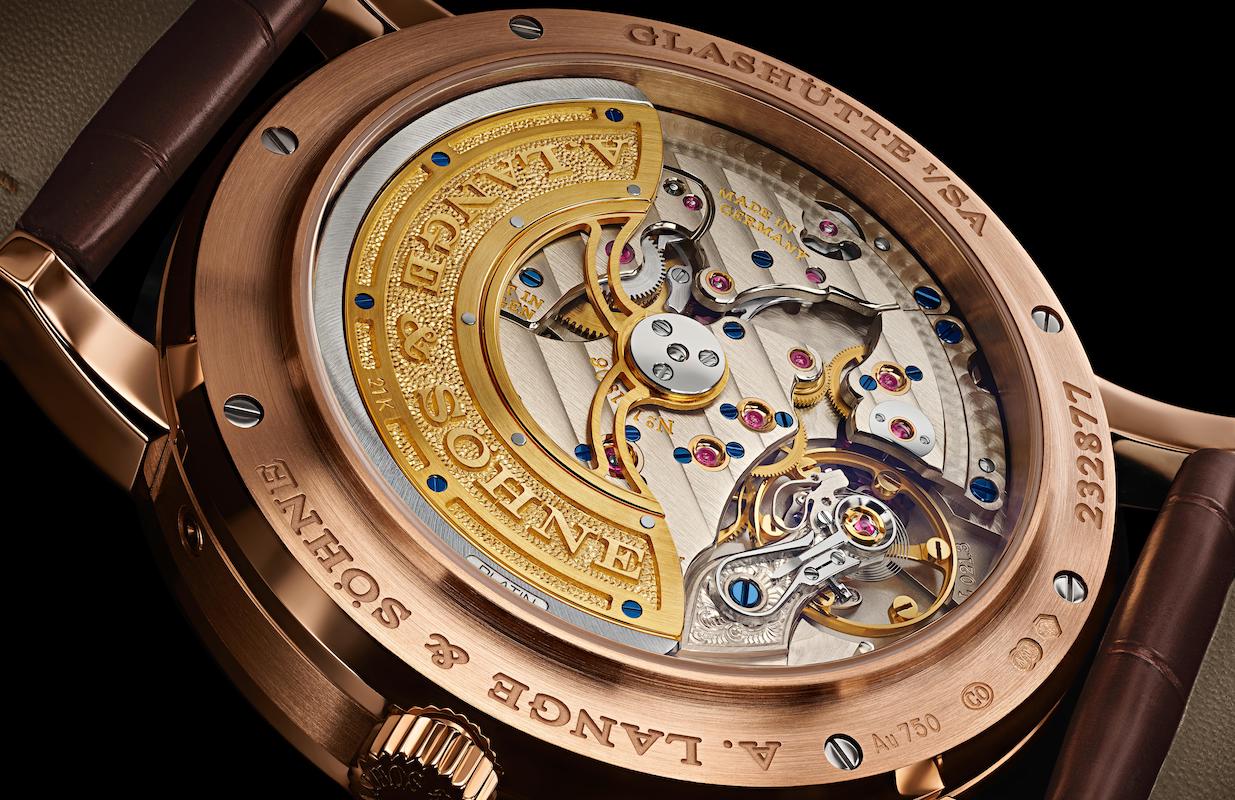
Is it important to maintain a level of hand-craftsmanship?
Our customers understand and appreciate if parts are hand-polished and decorated, rather than machine-finished. This means that, for watches like the Triple Split, we can only produce around 30-35 watches per year, with customers waiting up to three years for their watch. That’s also why this year’s version is aesthetically very different to the first. In 2018 we introduced a white gold with grey dial, now we come with pink gold and a blue dial.
Are wider watchmaking trends important to you?
When you only make 5,500 watches a year, trends are too short-lived to follow. That’s why you don’t see a green dial on our watches this year. That’s not part of our design or development strategy. We will continue to develop our six watch families, and there’s always a rhythm in it that determines our product development pipeline for the next seven years. Of course, as a watch lover, I keep track of different magazines and blogs, and it’s very interesting to see different trends emerging – but you become very short-sighted if you follow all the trends all the time.


